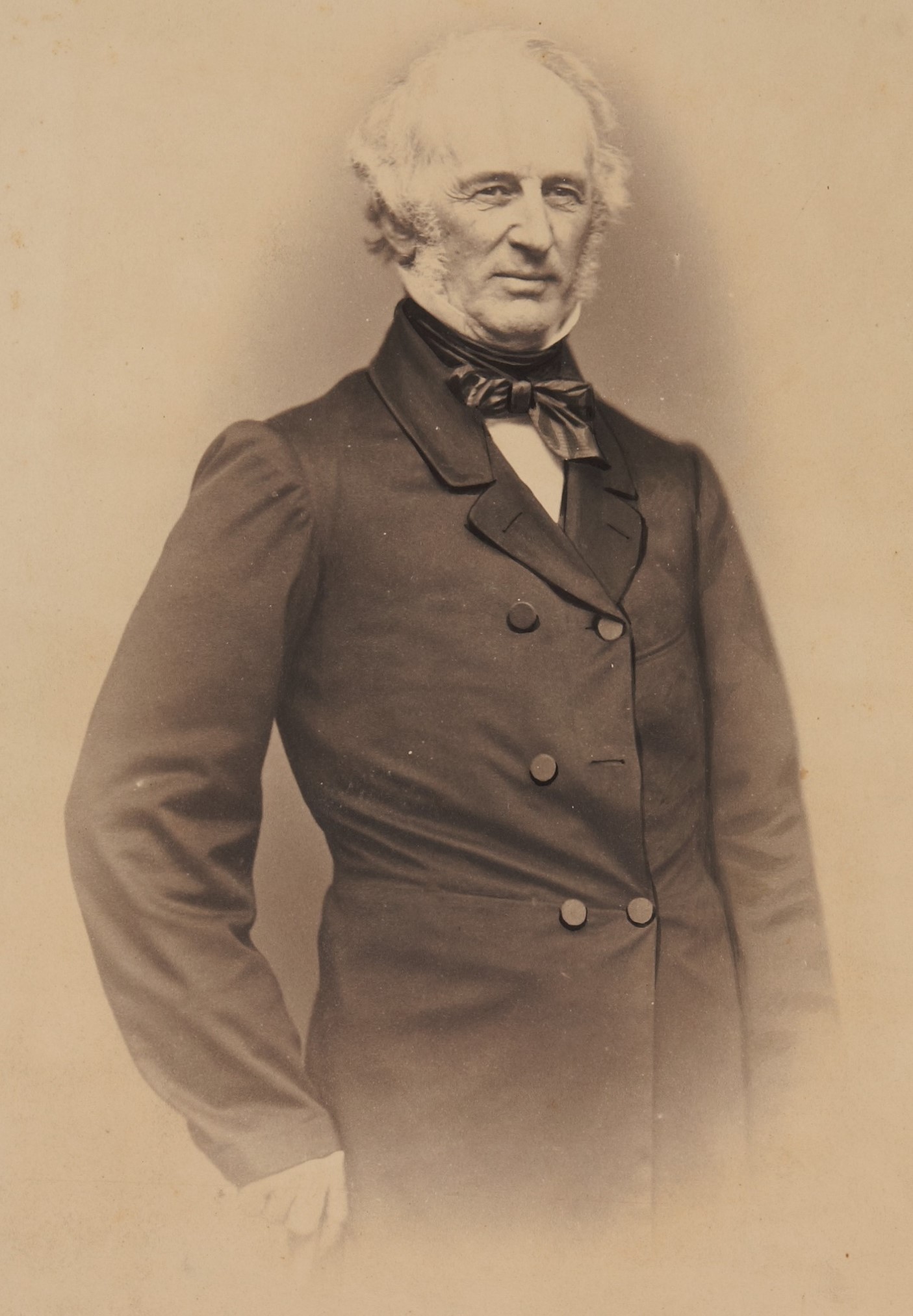
By Jim O’Neal
A recent New York Times edition has a follow-up story on America’s most expensive house – a 38,000-square-foot beauty listed at $250 million. The current all-time record is believed to be an East Hampton estate that sold for $147 million in 2014, followed by a California house that sold for $117.5 million in 2013. Apparently, there is another Bel Air project under construction that would dwarf all of these at $500 million.
This may seem like a modern-day phenomenon, but it hardly compares with the late 19th century – “The Gilded Age” – when truly vast fortunes were accumulated to the point it required “creative spending,” and real estate was a favored target. The Vanderbilts were a prime example, as shipping and railroad magnate Cornelius Vanderbilt stood out among other famous names of the day, such as Morgan, Astor, Rockefeller, Mellon and Carnegie. At one point, “Commodore” Vanderbilt (as he liked to be called) personally controlled 10 percent of all the money in circulation in the United States.
Naturally, all these wealthy Americans built homes on a grand scale. Grandest of all were the Vanderbilts. They built 10 mansions in New York alone, all on 5th Avenue, one with 137 rooms. And everyone built more palatial homes outside the city, particularly in Newport, R.I. The super-rich even had the nonchalance to call them “cottages,” despite the fact that they were so big even the servants needed to have servants.
This gaudy ostentation generated such widespread disapproval that a Senate committee seriously considered introducing legislation to limit how much a person could spend on a house (but not how many). These were the days when John D. Rockefeller made $1 billion a year (adjusted for inflation) and paid no income tax. No one did. Congress tried to introduce a 2 percent income tax over $4,000 in 1894 and the Supreme Court promptly ruled it unconstitutional.
Warren Buffet thinks we are better off today since rich folks back then couldn’t buy televisions, luxury cars (with GPS), cellphones, jet travel, microwaves, talking movies, air conditioners, Starbucks lattes … or lifesaving CT scans, organ transplants or statins/vaccines – since they didn’t exist. All they had was money.
So like the Commodore’s grandson George Washington Vanderbilt, they turned to real estate and homes. This Vanderbilt heir decided to build a cottage of his own in 1888, when he was still in his 20s. He bought 130,000 acres in North Carolina and built a rambling 250-room mansion. He hired 1,000 workers to build a dining room with a 75-foot ceiling that seated 76. The estate had 200 miles of road and included a town complete with schools, a hospital, churches, banks, a railroad station and shops for 2,000 employees and their families. The surrounding forests were logged for timber and the many farms produced fruit, vegetables, eggs, poultry and livestock.
He had planned to live there part-time with his mother, but she died before it was complete. So he lived there alone until he finally married and had a daughter. Then he died.
As F. Scott Fitzgerald supposedly once said to Ernest Hemingway: “The rich are different from you and me.” To which Hemingway replied, “Yes, they have more money.” (And thus a famous quote/counter-quote myth was born … with many variations.)
 Intelligent Collector blogger JIM O’NEAL is an avid collector and history buff. He is president and CEO of Frito-Lay International [retired] and earlier served as chairman and CEO of PepsiCo Restaurants International [KFC Pizza Hut and Taco Bell].
Intelligent Collector blogger JIM O’NEAL is an avid collector and history buff. He is president and CEO of Frito-Lay International [retired] and earlier served as chairman and CEO of PepsiCo Restaurants International [KFC Pizza Hut and Taco Bell].
